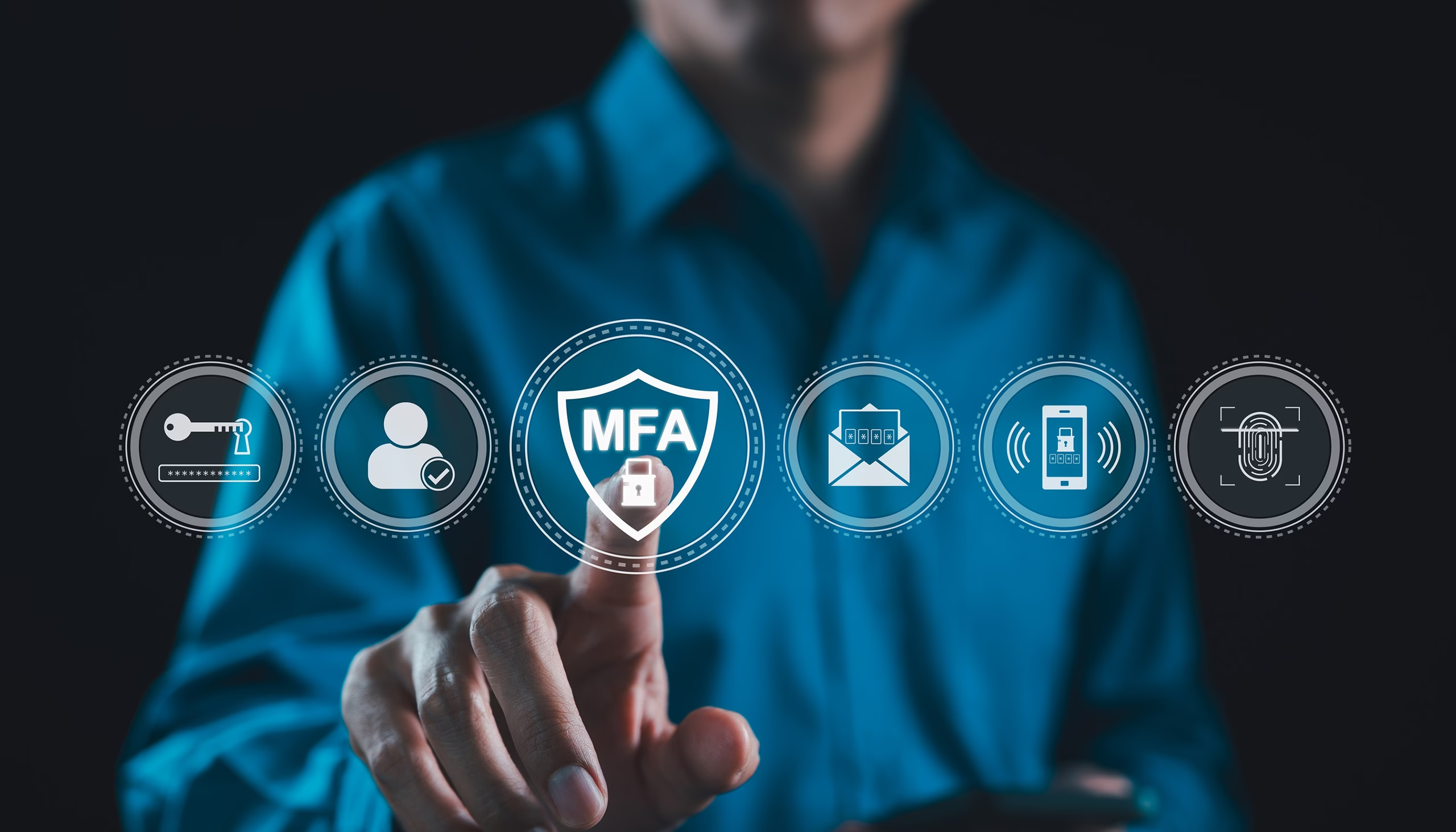
According to tech giant IBM, social engineering includes “attacks [that] manipulate people into sharing information that they shouldn’t share, downloading software that they shouldn’t download, visiting websites they shouldn’t visit, sending money to criminals or making other mistakes that compromise their personal or organizational security.” Essentially, social engineering in the context of cybersecurity is a method of illegally and immorally gathering information from victims using established social constructs and relationships that the attacker forges and then quickly abandons once they have the information they need.
As an example, an extremely common version of social engineering is phishing. Phishing is when a criminal impersonates a figure of authority – a bank, government, or trusted business – and “informs” their victim of an issue with their account requiring “confirmation” of their details. This is usually done with a high degree of urgency, often using the threat of a closed account, lost money, or, ironically, a security breach. When victims supply the necessary information, the phisher can then access their accounts and reroute money to their own accounts.
These schemes usually target vulnerable individuals such as the elderly who might not catch on to the falsehoods until it is too late to recover the money. As such, it can be very difficult to defend against at both an individual and corporate level.
Social engineering attacks can be intensely dangerous in that they can be difficult to prevent and detect at a basic level. Since it relies on manipulating human relationships rather than mechanically stealing information (such as through a keylogger or spyware), it’s much harder to spot automatically and requires every person involved to be vigilant to prevent it from happening.
According to an article in Forbes in 2023, social engineering tends to work well as a breaching mechanism because human beings are hardwired to lean on each other for support. The author notes that “human brains are naturally trusting; we’re looking for places to put our trust, and anyone we see as an authority figure or friend has an advantage.” With AI and machine learning on the rise, the mimicry of a social engineering attack is becoming far more advanced as well; we might hear a voice we trust or even recognize on the other end of the phone only to discover too late that it was synthesized.
Another article from Cisco explains that social engineering attacks are especially dangerous in business and corporate settings because “a single successfully fooled victim can provide enough information to trigger an attack that can affect an entire organization.” They explain that it takes only one victim being successfully scammed out of proprietary access credentials for attackers to gain access to internal systems and deploy further, more damaging attacks that might cost businesses significant amounts of money and social trust extremely quickly.
The same Forbes article discussed earlier gives the following advice to individuals to help thwart social engineering attacks:
Cisco also recommends businesses implement specific and frequently updated training for all employees to help them recognize the signs of social engineering attacks and avoid falling for them. They say that keeping the training personally relevant to the employees – by explaining how falling victim to these attacks could affect them on a personal and career level – can help to make it more effective.
Netlok has a solution for companies looking to support their customers and employees in protecting against social engineering attacks. Their program Photolok is an MFA system that relies on a proprietary bank of photos to act as keys to user data. Users will select their photos when creating an account, then, when they input their credentials, be prompted to pick their photo from a grid to verify their identity. This takes away the hassle and issues of passwords and, with one-time-use photo features, makes remote and public access safer and easier. Additionally, the Duress label allows users to alert the system’s administration to forced access attempts and respond quickly, which is useful in the event of suspicious access requests.
If you’re interested in how Photolok can protect your company from social engineering attacks, you can schedule a consultation with the Netlok team.

Your Personal Data Was Just Stolen: Here’s Your 24-Hour Response Plan
Kasey Cromer, Netlok | October 6, 2025 Executive Summary 2025 is setting new records for cyberattack[...more]

Wrench attacks average more than 1 incident per week in 2025
K. Cromer, Netlok 9/8/2025 This analysis builds on Netlok’s ongoing research into wrench attac[...more]

Measuring MFA’s Defensive Muscle in 2025
A.R. Perez, Netlok. 7/8/2025 Multi-factor authentication (MFA) was once hailed as a near-perfect shi[...more]

The Rise of Deepfakes and Synthetic IDs Challenge Biometric Login Solutions
A.R. Perez, Netlok, July 1,2025 Understanding the Threat Landscape The emergence of sophisticated de[...more]

Password Theft Enables Faster and Broader User Exploitation
A.R. Perez, Netlok, June 2025 To enhance their performance, bad actors favor methods that increase t[...more]

Hackers Prefer Password Theft to Direct Technical Exploits
A.R. Perez, Netlok, June 24, 2025 Like most people and organizations, cybercriminals value their tim[...more]

How Crime-As-A-Service Has Turned Hacking Into A Subscription Business
A.R. Perez, Netlok, June 17, 2025 The pace of technological change is accelerating crime. For exampl[...more]

Why Family Offices Remain Unprepared Despite High Cyberattack Risks
A.R. Perez, Netlok, June 12, 2025 Despite facing significant cybersecurity threats, many family offi[...more]

Is Privacy Dead?
A. Perez, Netlok, 6/9/2025 Supreme Court Allows DOGE Access to Social Security Database: Privacy Imp[...more]